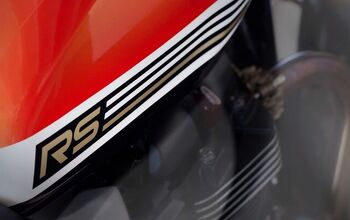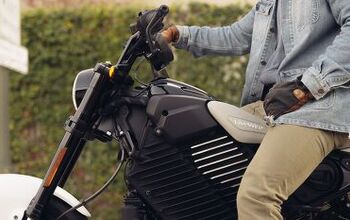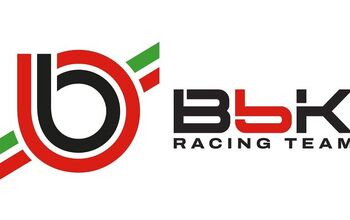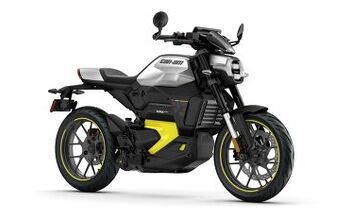Honda Files Trademark for CBR400R Four

The Ninja ZX-4R may be getting a new Inline-Four rival
Kawasaki shocked us all when it announced the Ninja ZX-4R and ZX-4RR. Until then, the idea of a high-revving small-displacement Inline-Four sportbike seemed like a pipedream, especially for the U.S. market. It now looks like the little Ninjas won’t be alone for too much longer, as Honda has filed a trademark application for “CBR400R Four”.
The application, filed Aug. 27 with Japan’s intellectual property office, is for the use of the wordmark with “two-wheeled and three-wheeled automobiles and their parts and accessories, automobiles and their parts and accessories,” but there’s really no way to interpret it as anything but an Inline-Four sportbike.
The original CBR400 models (and the first Honda CBRs, for that matter) were first introduced in 1983, with an air-cooled Inline-Four and a rotational-speed valve stop mechanism “REV” that was a predecessor to Honda’s VTEC system. The CBR400F pictured above was one of the earliest examples, but it evolved into variants like the CBR400RR showcased in the video below.
Today, Honda has a CBR400R for the Japanese market, but it’s really a two-cylinder CBR500R but with the stroke reduced from 66.8 mm to 56.6 mm. With the bore staying at 67.0 mm, that brings the 471cc Twin down to a displacement of 399cc, allowing the CBR400R to fit into a different license class for Japan. By adding “Four” to the trademarked name, Honda is clearly trying to separate it from the existing Twin.
Trademark filings are never a guarantee that they’ll see use with a finished product, but they do tell us what a company has been working on. It’s far too early to tell if or when Honda will actually bring a CBR400R Four to market, or whether it will be imported to North America, but we now have proof that the project has progressed enough for Honda to start reserving names.
Become a Motorcycle.com insider. Get the latest motorcycle news first by subscribing to our newsletter here.

Dennis has been a part of the Motorcycle.com team since 2008, and through his tenure, has developed a firm grasp of industry trends, and a solid sense of what's to come. A bloodhound when it comes to tracking information on new motorcycles, if there's a new model on the horizon, you'll probably hear about it from him first.
More by Dennis Chung






























Comments
Join the conversation
I'm ready to be disappointed. In the US, Kawasaki limits power output by a significant margin compared to the European version. Honda, arguably more conservative than Kawasaki, is inevitably doing to do the same thing. Especially since Honda neuters the CBR1000RR-R SP in the US as well. If Honda neuters their flagship, they're will absolutely neuter the mini-version. I'd be more excited if Kawasaki and Honda give the full power versions the Europeans get.
Neutering is due to American sound standards. The expedient way to reduce high RPM exhaust noise is to close the butterflies once it hits top end. The good thing is this keeps the ECU tuners in business. Even though it might not really matter in everyday riding, if I had an affected bike like the new Transalp, off to 2Wheel Dyno Works that ECU would go 😄